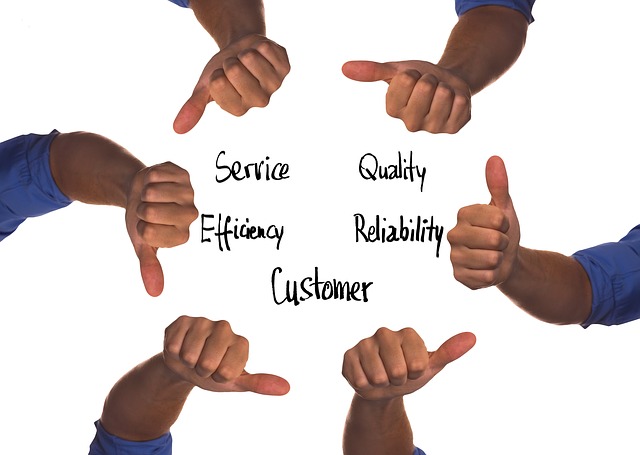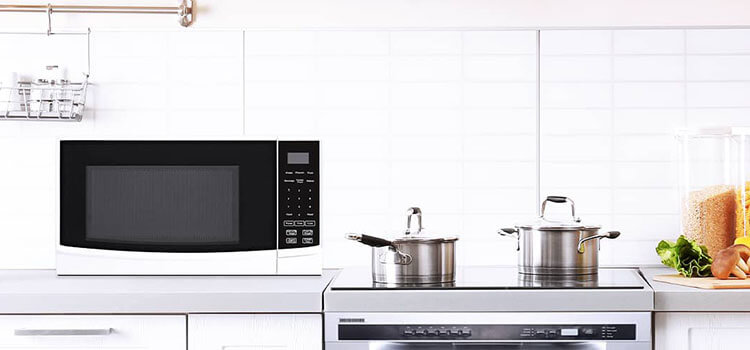Choosing a product for your distribution business may very well be the most difficult decision you will need to make at the beginning. Not only should you do market research to recognize which kinds of products are profitable, but you need to make sure that the market is big and prosperous in the long run. Before you commit to a product or product line, consider the following factors while deciding what products to sell.

1. Does it appear to your customers?
The right product selection powers energetic growth not only of large companies but propels small businesses. Sales success requires offering the right product in the right place at the right time and for the right customer. If your customers aren’t buying, your consideration will be in vain. So first you need to think about what kind of customer you want, then you’ll be able to determine their needs. Your product selection doesn’t have to appeal to all of the population but it should be something you can convince a large percentage of shoppers they need. If your products only appeal greatly to some people, it may not be enough to sustain a business.
Store owners need to do a market analysis on what kind of products cater to customers as well as how to plan and implement their marketing activities. The analysis should encompass the competitors and customers. You need to know what kind of products your competitors offer, for which price and to whom. Besides, you need to know existing and potential customers about their preferences for design, function and sizes. Market analysis can be done by conducting interviews, surveys and studies as well as by using focus groups.
Besides, timing is extremely important. New trends and products can be a great boost to your business, but you’ll need to enter at the beginning of the product lifecycle in order to be successful. Learning to pick a hot product before it becomes hot is a valuable skill that comes from knowing your market.
Let’s take summer sales as an example. With summer being on, many people or families choose to spend several days at camp, experiencing a totally different lifestyle. When they go off-grid, a gas refrigerator is an ideal companion to keep the food and drinks cold and safe. It also could make a perfect RV/caravan refrigerator during long road trips, switching between electricity and LP gas and catering to customers’ needs of using propane or a generator. In this case, gas refrigerators can be the right products for your business when you select items before summer and autumn.

2. Will it make a profit?
No matter what motivates you have, a business can’t lose money and stay open in the long term. When it comes to choosing items to sell, calculating the profit of inventory and comparing it to similar products in other storefronts – and in local, brick-and-mortar stores – is crucial. Profit is a completely pragmatic concern, but it’s the most important of any product and sales consideration.
Calculating profit is a straightforward equation. The costs associated with merchandise, including purchasing, storage, shipping and any marketing efforts, are subtracted from the sale price offered to consumers. If the costs to a business owner are higher than the sale price, it isn’t profitable.
When you look at the price of the product, don’t forget to calculate the direct and indirect costs (like overhead) of selling your goods. If you think you can sell 50 widgets a day for $1 each and the widget cost you $.50 each, it may look like you have a profit of $25 per day. But when you learn your overhead expenses average $20 per day, you may find your profit isn’t sufficient even though sales are good. The best-selling products won’t ever earn any real money if your margin is too small.
No matter what a store owner decides to sell, there will inevitably be some area that requires extra attention. Weighing the pros and cons of ordering, storage and shipping before making a decision about what to sell will lead to a higher level of satisfaction and fewer problems with products.

3. Go with your personal passion
While there are inherent risks in choosing a product based on your own interests, it certainly doesn’t have to be a recipe for disaster. Building an e-commerce store is a lot of hard work, and you’ll be better equipped to stay motivated and overcome the hurdles if you are deeply invested in what you are selling. In this way, it is something you would like to give to your dearest friend or recommend to them. Product quality is extremely important when your reputation is on the line.
Keep your product offering simple in the beginning. If your product line is narrow and focused, then your marketing efforts can be just as tightly focused, which will bring you the best results for your marketing dollars. For Smeta’s distributors, most of them would like to choose one or two categories at first, the refrigerators or freezers topping the list, and later as their businesses grow, their product line can be prolonged as long as they keep new products compatible with the type of business. If they are running a kitchen appliance store, they might add microwaves to their product line. Nobody can offer the customer everything at once, so you’d better find a manufacturer who can provide alternatives and back you up when you want to enlarge your business.



